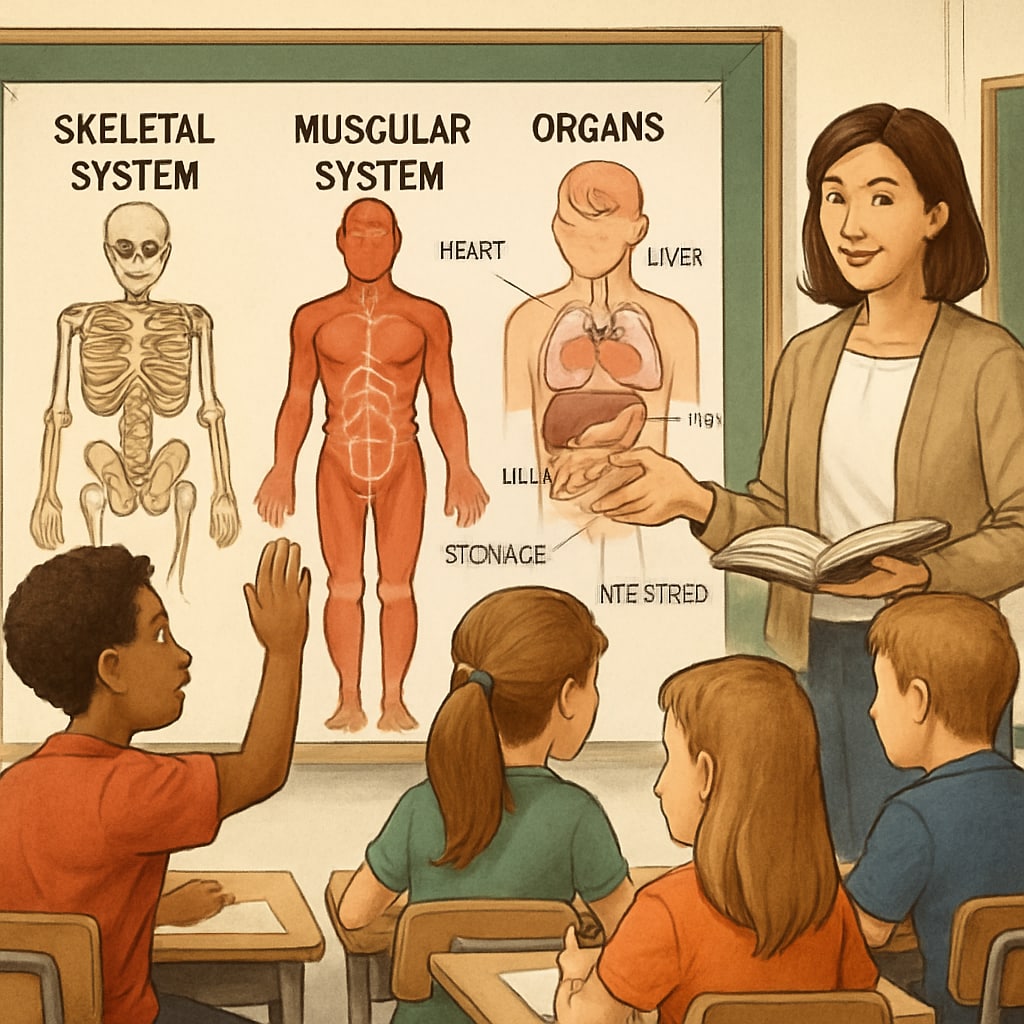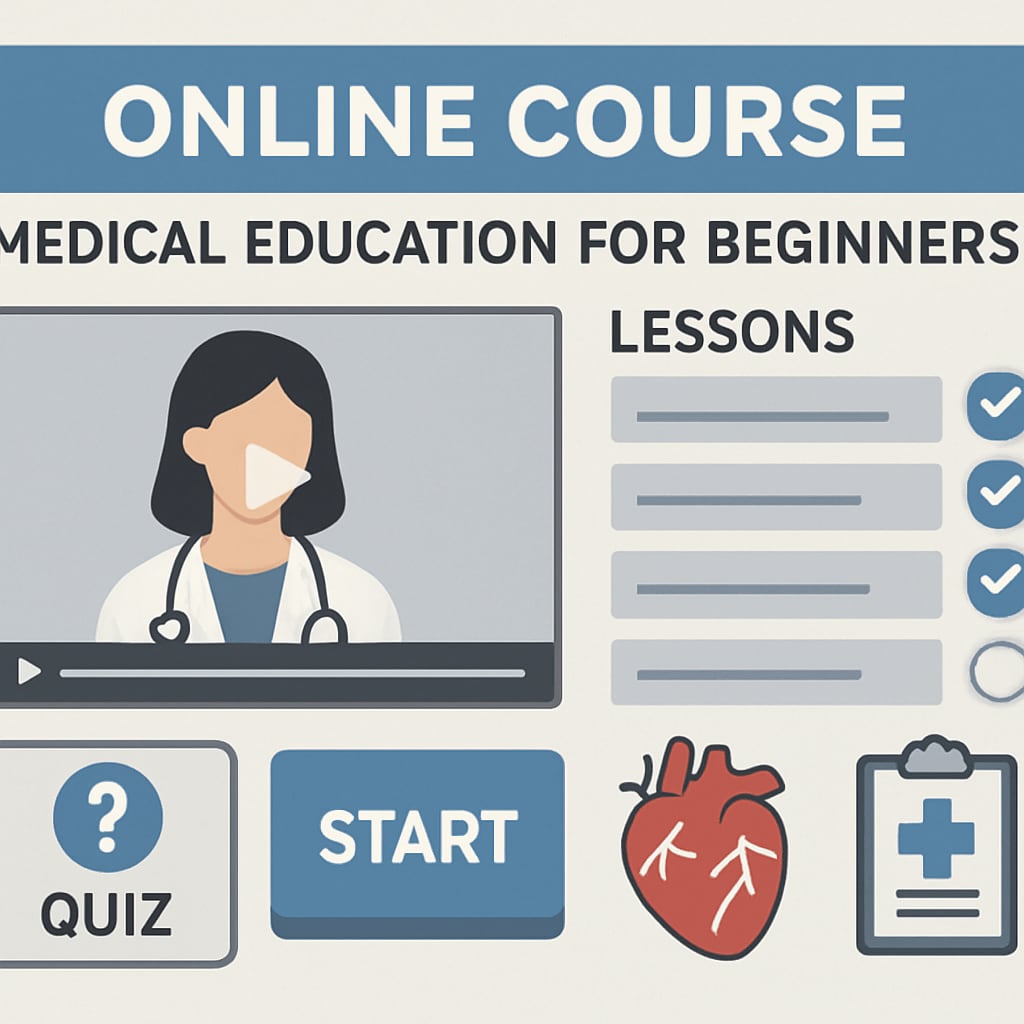Medical education has traditionally been reserved for professionals, often leaving non-medical audiences, including K12 students, with limited access to foundational knowledge. Addressing this gap, non-medical backgrounds, medical education, and online courses can play a pivotal role in introducing young learners to the world of health sciences. This article examines the challenges of polarized resources in medical education and proposes strategies to build a tiered system that caters to diverse learning needs.
Why Introduce Medical Education to K12 Students?
The integration of medical education into K12 curricula is essential for fostering health literacy (the ability to understand and use health information). In addition, it nurtures interdisciplinary thinking by bridging science, biology, and real-world applications. For example, understanding basic anatomy or disease prevention equips students with life skills that enhance their decision-making and awareness.
Current gaps in education show that medical knowledge either remains overly technical or oversimplified, making it inaccessible for younger learners. By creating age-appropriate resources, educators can build a foundation for students to explore healthcare professions or simply gain awareness of personal and public health.

Challenges in Accessing Medical Education Resources
One of the primary challenges lies in the polarization of medical education resources. On one end, professional-grade textbooks and courses cater to medical students and healthcare professionals, laden with jargon and advanced concepts. On the other end, overly simplistic materials often lack depth, reducing engagement and failing to prepare students for higher levels of learning.
Online courses tailored for non-medical audiences have emerged as a solution, but they still face barriers such as affordability, accessibility, and quality control. Additionally, educators often lack structured frameworks to introduce health science topics in a way that aligns with K12 learning standards.

Proposed Solutions: Building a Tiered Medical Education System
To address these challenges, educators and policymakers can consider the following strategies:
- Age-Appropriate Content: Develop tiered modules that gradually introduce medical concepts, starting with foundational topics like human anatomy and nutrition for younger students, progressing to more complex ideas like epidemiology and healthcare systems for older students.
- Interactive and Visual Tools: Use animations, videos, and virtual labs to make learning engaging and accessible. Platforms like Britannica’s health education resources provide excellent examples of visually rich content.
- Cross-Disciplinary Integration: Embed medical topics into existing science and health curricula to demonstrate real-world applications. For instance, biology lessons can feature case studies on disease prevention or medical innovations.
- Affordable Online Courses: Offer free or low-cost resources for students, such as those found on platforms like Khan Academy, which provide accessible learning for diverse audiences.
Benefits of a Tiered Approach
Implementing a tiered medical education system in K12 settings has several advantages:
- Improved Health Literacy: Students develop critical thinking skills related to personal and public health.
- Career Exploration: Early exposure to medical sciences can inspire students to pursue healthcare professions.
- Interdisciplinary Learning: Encourages connections between biology, chemistry, and social sciences.
- Global Awareness: Helps students understand global health challenges, fostering empathy and proactive thinking.
By providing accessible medical education resources, schools can empower students to become informed and responsible individuals, equipped to navigate health-related decisions in their lives and communities.
Conclusion
The journey to democratize medical education for non-medical backgrounds, especially K12 students, requires innovative solutions like tiered frameworks and online courses. By addressing the polarization of resources and prioritizing engaging content, educators can bridge the gap between professional-grade medicine and everyday health literacy. In doing so, students gain not only knowledge but also the skills to think critically, make informed decisions, and explore interdisciplinary connections.
As more schools and organizations adopt these strategies, the future of health education will undoubtedly empower younger generations to take an active role in understanding and improving their health and the health of others.
Readability guidance: The article uses short paragraphs, lists key points for clarity, and incorporates transitions to maintain flow. Technical terms are carefully explained, and passive voice is kept to a minimum.


